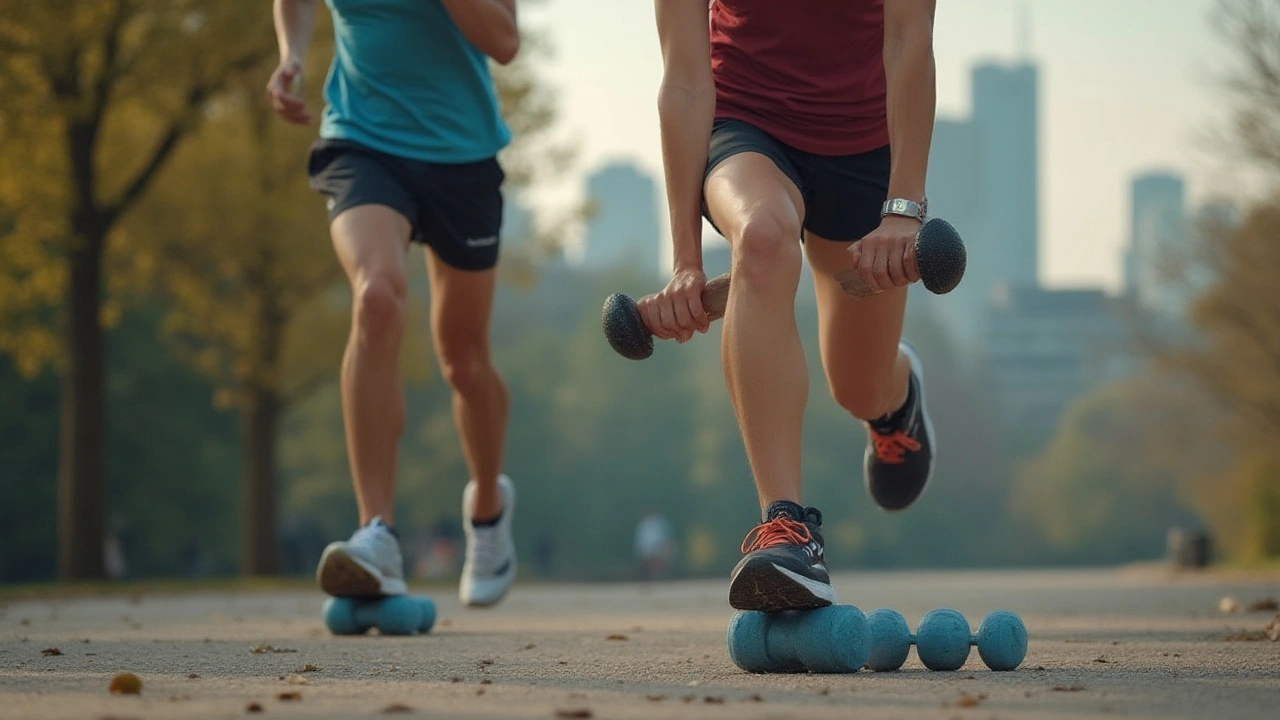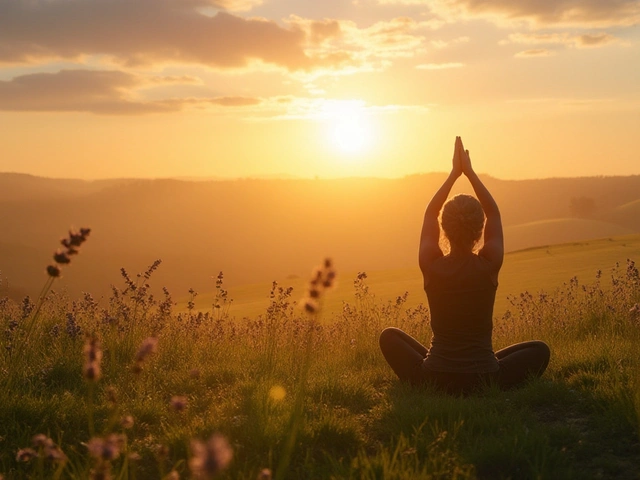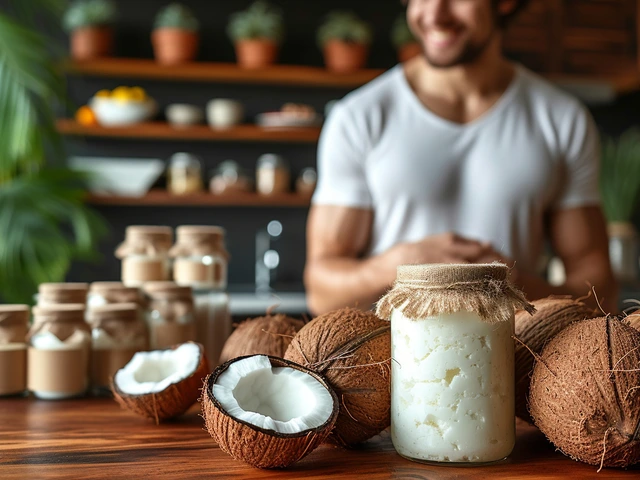
Ever found yourself benched because of a tight calf, pulled hamstring, or tweaked back? If you play sports, you know the pain—literally. While stretching and strength training get plenty of buzz, sports massage often comes across as a luxury, not a necessity. Big mistake. Whether you’re running laps in Hagley Park or sweating it out in your local gym, massage is a low-key game-changer that does more than just feel good. It’s one of the top tools for keeping athletes, weekend warriors, and even everyday movers away from injury and at the top of their form.
Why Muscles Get Tight—and How Sports Massage Helps
Let’s get real: muscles tighten up and ache because of tiny tears, knots, and lactic acid buildup. That’s normal, especially after intense workouts. But here’s where trouble starts: when your muscles get too stiff, they start messing with how you move. You might notice less range of motion, which leads to poor form and—boom!—your risk of injury shoots up.
Sports massage works by targeting these trouble spots before they explode into something nastier. Using techniques like deep tissue work, trigger point release, and stretching, a skilled therapist breaks up adhesions and realigns muscle fibres. This isn’t just mumbo-jumbo. Real science says sports massage increases blood flow, clears out metabolic waste, and delivers oxygen and nutrients straight to those sore spots.
Check out these quick facts:
- A study published in the Journal of Sports Medicine and Physical Fitness found that massage after intense exercise reduced muscle soreness in athletes by almost 30% within 48 hours.
- Sports massage can lower cortisol (the stress hormone) and bump up endorphins—the body’s natural painkillers and mood boosters.
- Reduced muscle tightness means improved flexibility, better balance, and a much lower chance of straining something or pulling a muscle.
That annoying cramp in your hamstring after a sprint? Half the time, it adds up because the muscle can’t relax or recover the way it’s meant to. With regular sports massage, athletes report looser, stronger, and more responsive muscles. Isn’t that what we all want?
The Science Behind Sports Massage and Injury Prevention
Some folks see massage as just rubbing sore bits, but that sells it short. Sports massage is based on the idea that prevention is always better than recovery. The challenge with most sports-related injuries—think strains, sprains, or overuse injuries—is they almost always start quiet, then get loud once it’s too late. Catch them early enough, and you dodge weeks (or months) of hassle.
Let’s unpack what happens in your body:
- Muscles under constant tension start developing microtears and adhesions (tiny knots).
- These adhesions restrict blood flow, making recovery slow and causing weakness in those spots.
- Poor blood circulation delays the healing of small injuries, which can snowball into larger, chronic problems.
Sports massage disrupts this cycle by:
- Physically breaking apart adhesions.
- Improving blood flow, meaning more nutrients and oxygen hit where they’re needed.
- Encouraging proper lymphatic drainage, which helps reduce swelling and clear out waste faster.
Here’s a practical example: Local rugby players in Christchurch who incorporated regular sports massage in their preseason program reported fewer soft tissue injuries than teammates who skipped massage. That’s boots-on-the-ground proof.
But don’t just take someone’s word for it—data backs this up. Look at this table on injury risk and recovery rates among athletes using and not using sports massage:
| Condition | With Regular Sports Massage | Without Sports Massage |
|---|---|---|
| Muscle Injury Rate (per season) | 2.1% | 5.2% |
| Average Recovery Time (days) | 5 | 10 |
| Reported Flexibility (average % increase) | 22% | 9% |
What jumps out is the recovery speed—massively improved by adding sports massage. The injury rates also take a serious dip. That’s hard to ignore if you want to stay injury-free.

Practical Tips: Getting the Most Out of Sports Massage
Sports massage isn’t a one-size-fits-all deal. Getting the right benefits means knowing what you need and working closely with your massage therapist. Here’s how you can make sports massage work for you, whether you’re training for the Coast to Coast or just trying to keep your daily runs pain-free.
- Be consistent: Don’t wait for pain. Build regular massage sessions into your schedule—every 1-2 weeks is a sweet spot for most active people.
- Communicate clearly: Always tell your massage therapist where you feel tightness, soreness, or fatigue. The more specific you are, the better they can help.
- Hydrate well: Massage gets things moving in your body, and muscles recover faster when you’re well-hydrated. Drink plenty of water before and after.
- Combine with stretching: Massage opens up muscles, so stretch right after to lock in those gains.
- Mix up your styles: Deep tissue is great for chronic tension but don’t skip lighter, relaxing sessions to keep your nervous system happy.
- Warm up first: Try a short walk or gentle cycle before your massage to boost blood flow for better results.
- Don’t rush recovery: If your therapist finds a sore spot, give your body time to bounce back. Sometimes a bit of rest is your best friend.
- Log your sessions: Keep track of what’s working for you and adjust as you ramp up training or head toward a big event.
Got a tight IT band after trail running on the Port Hills? Mention it. Surprised by shoulder pain after paddle boarding at Sumner Beach? Flag it. Every session is different, because your body is always changing—stay flexible with your approach.
And remember, you don’t need to be an elite athlete to benefit. Regular sports massage works for office workers dealing with bad posture, active retirees, or teens chasing after-school sports. Just check in with your therapist before booking if you’ve got any medical conditions, and find someone experienced in working with active bodies. A good massage therapist can spot issues before you even notice them yourself.
Troubleshooting: When Is Sports Massage Not Enough?
Here's the real talk: sports massage is awesome for maintenance and prevention, but it’s not a magic wand. Some injuries need more than hands-on work. If your pain is sharp, constant, or comes with swelling, numbness, or loss of function, massage alone won’t cut it. That’s your cue to see a physio, doctor, or specialist to rule out things like tears, fractures, or serious inflammation.
For chronic problems—like recurring tendonitis or lower back pain—massage should be part of a bigger game plan. This includes strength training, technique adjustments, good nutrition, and sometimes even proper footwear. If you’re training for a marathon and keep getting the same injury around the 25km mark, your therapist might recommend a gait analysis or a look at your biomechanics.
Here are some red flags where you should hit pause on massage and get checked out:
- Severe bruising or swelling
- Loss of strength or sudden weakness
- Shooting pain or tingling that doesn’t go away
- Signs of infection (like heat or redness around the area)
If you’re ever unsure, ask your massage therapist. Top pros in Christchurch will happily refer you to a health provider if they spot something outside their skill set.
And don’t ignore your own gut feeling. Bodies know best—if something doesn’t feel right, take it seriously. Add massage into your self-care toolbox, but use it wisely. Done well, sports massage can help you train harder, recover faster, and stay on your feet longer, whether you’re chasing finish line glory or just want to keep up with the kids in your backyard. Prevention is way easier (and cheaper!) than dealing with weeks on the sidelines. So book that massage, show up honestly with your aches and pains, and stay in the game longer.





